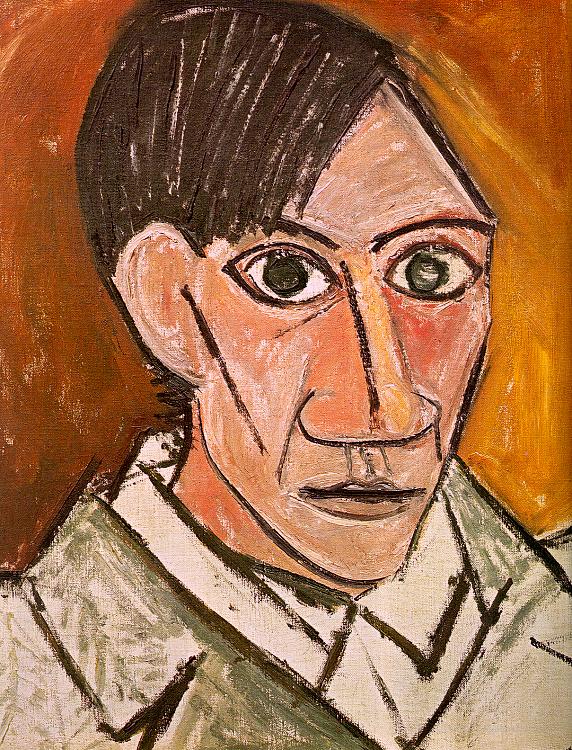Of course, the day after I write up the post on 'American poor,' the WSJ features a piece that reexamines income growth for the poorest Americans. What follows are my takeaways from the piece, which can also be found at www.delicious.com/prottas. My one sentence conclusion is that the poor have shared in the gains of the past 25 years - especially historically oppressed groups (e.g., black females) - and that chronic American poverty is a much smaller problem demanding a more surgical solution.
When all sources of income are included and taxes paid are deducted, households in the lowest income quintile saw a roughly 25% increase in their living standards from 1983 to 2005: the poor are not getting poorer. Looking at the last two business cycles, this low-income group experienced a 10% rise in their after-tax incomes from 1983 to 1992 and then another 11% rise from 1992 to 2002. Household income gains have been underestimated for a few reasons: number of people living in the households has been shrinking (44% real income gain per capita for low-income households from '83-'05), and EITC requirements have led to counting more poor families today than in the past. 66% of '87 most poor have attained a higher tax bracket. Top 1% in '98 saw a decline in their income of 52% over the next ten years. Only 3% of Americans are chronically poor (impoverished for three years or more). Since '80, white males have seen the smallest income gains (+9%), black females the largest (+79%).
Tuesday, September 16, 2008
American poor see major gains after '80
Labels:
american+poor
Subscribe to:
Post Comments (Atom)




No comments:
Post a Comment